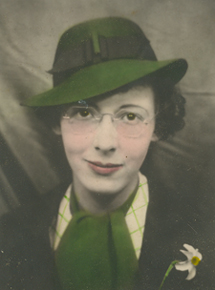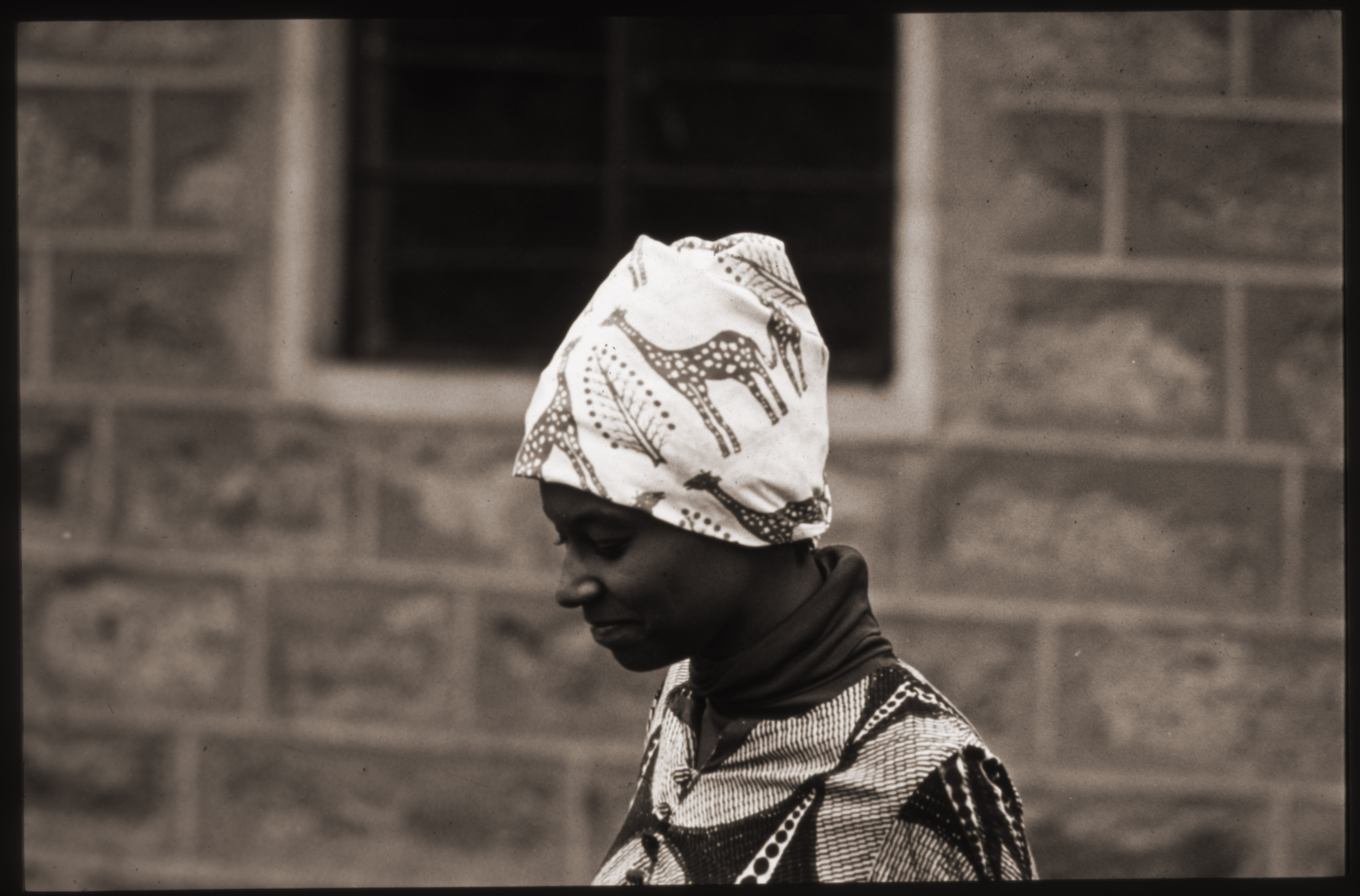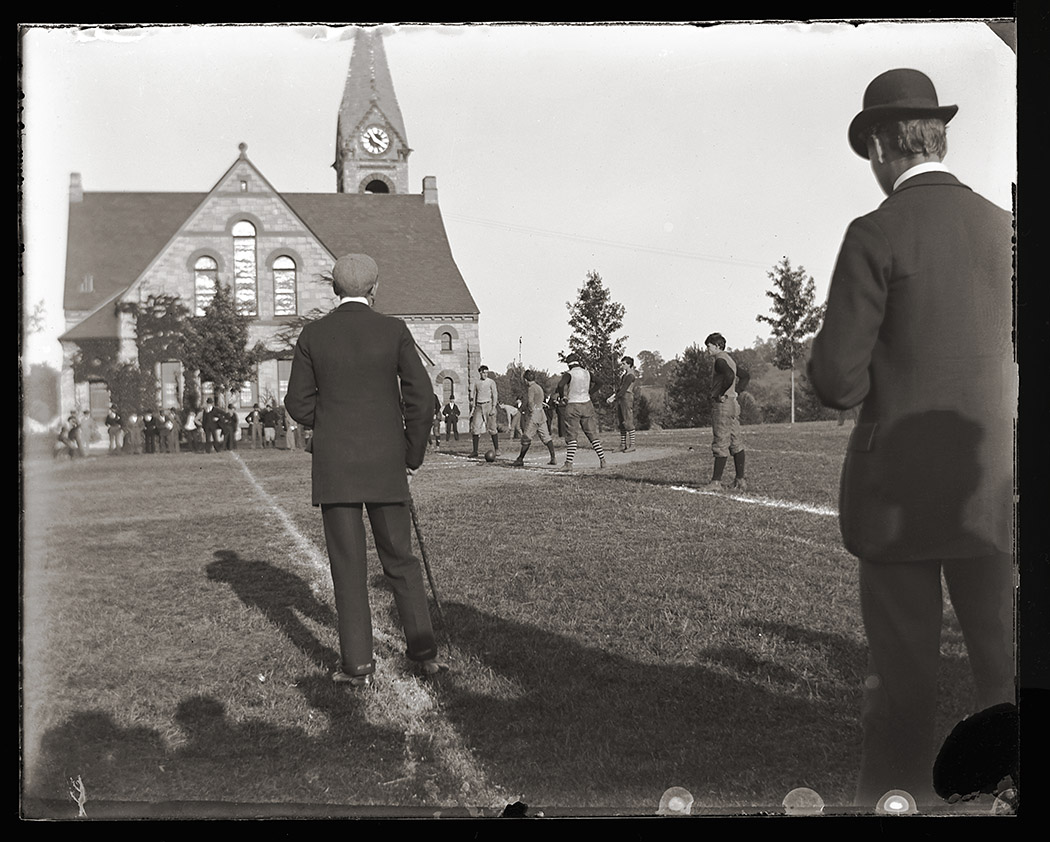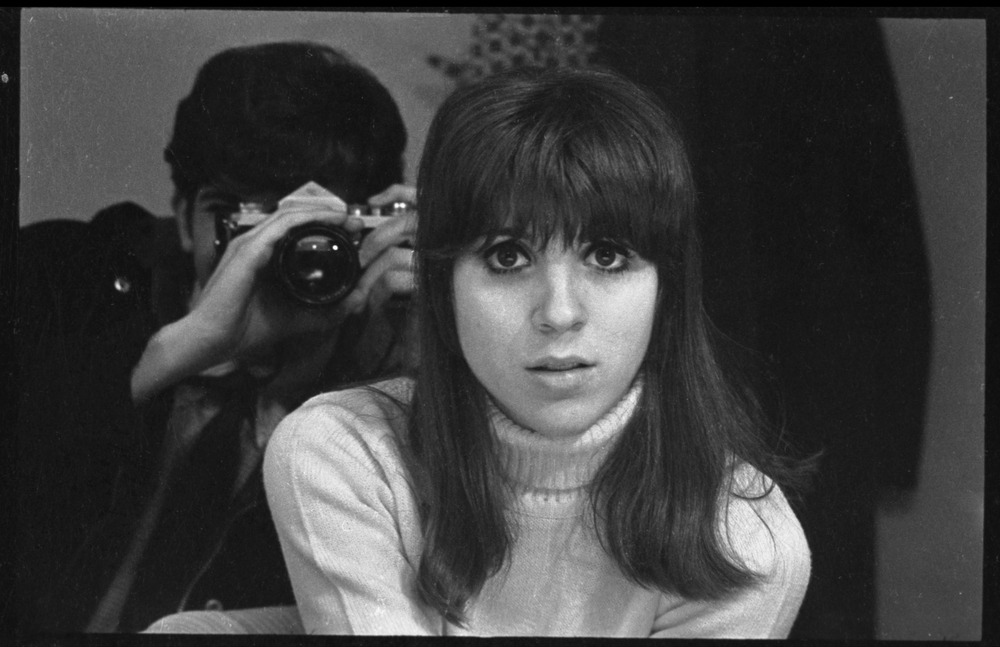Jennifer P. Schneider Papers
Jennifer P. Schneider, M.D., Ph.D., is a physician certified in Internal Medicine, Addiction Medicine and Pain Management. She is the author of 15 books and numerous articles in professional journals. She is a nationally recognized expert in two addiction-related fields: addictive sexual disorders and the management of chronic pain with opioids. She also has experience and interest in the area of osteoporosis and its drug treatment, and maintains an email support group for people who have experienced atypical femur fractures related to the use of bisphosphonate medications. Dr. Schneider has written several articles in medical journals about egg donation and its potential long-term risks. Now retired from direct patient care, her professional activities include writing, lecturing at conferences, serving as an expert witness in legal settings, and appearing as a media guest on television and radio. One of her main current activities is to teach a remedial 21-Continuing Medical Education course on appropriate prescribing of controlled substances for chronic pain, under the auspices of Professional Boundaries Education in multiple locations in the U.S.
The collection contains Dr. Schneider’s published articles, books, and book reviews on sex addiction and its effects on the partner; use of opioids in the treatment of chronic pain; femur fractures caused by the usual osteoporosis treatment with bisphosphonates; and potential cancer risk from egg donor protocol. In addition to her professional work, the collection also documents the family history of Raphael Patai and Naomi Nir along with their children, Daphne Patai and Dr. Schneider, through extensive correspondence, original paintings by Naomi Nir, a journal kept by Nir and Raphael Patai from 1949-1951. SCUA holds the papers of Naomi Nir and Daphne Patai.





